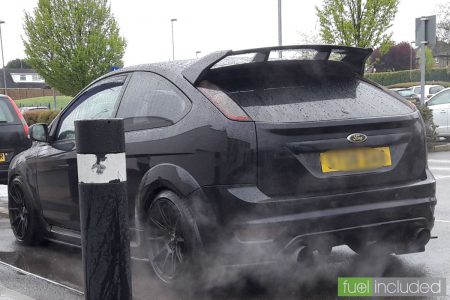Diesel was the dream fuel, promoted by governments and the car industry as a cheaper way to save the planet. Then the cracks started to appear
It’s hard to believe, as diesel vehicles find themselves thrust into the spotlight of a global urban environment crisis, that Audi’s Superbowl advert was made just seven years ago. Air pollution now kills 3.3 million people prematurely every year – more than HIV, malaria and influenza combined – with emissions from diesel engines among the worst culprits; a joint investigation by the Guardian and Greenpeace showed hundreds of thousands of schoolchildren across England and Wales are being exposed to illegal air toxicity levels from diesel vehicles. And yet such was the more or less widely accepted thinking as recently as Superbowl XLIV in 2010 – namely, that cars running on diesel fuel could be driven with a pure, unclouded conscience.
Diesel was touted at inception as a wonder fuel. It was a way of driving cost-efficiently while doing your bit to save the planet. Government, industry and science united to sell us the dream: cars running on diesel would help us cut our CO2 emissions as we eased smoothly into a new eco-friendly age.
Then in 2015 came Dieselgate. In September of that year, Volkswagen, which vies with Toyota for top spot in the list of world’s biggest car companies and a firm that had for years been running its own marketing campaign in favour of “clean diesel”, rocked the industry by admitting that it had cheated on its emission tests. As recently as last week, David King, the UK government’s former chief scientific adviser on climate change, admitted ministers had made a huge mistake by promoting diesel. They had trusted the car industry when it said the fuel was clean. “It turns out we were wrong,” he said.
Sadiq Khan, the mayor of London, has stopped short of an outright ban on diesel, but he has ordered the replacement of the capital’s current diesel bus fleet with clean alternatives. The mayor’s office will also enforce a £10 toxicity charge, or T-charge, on the highest-polluting cars entering the city centre as of October. The measures are part of a wider plan to create an ultra-low-emission zone (ULEZ) in central London from April 2019.
Read more: The Guardian

